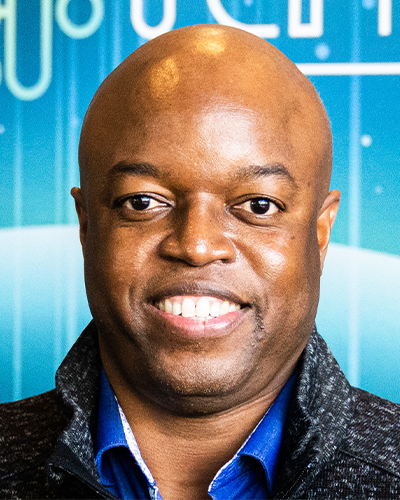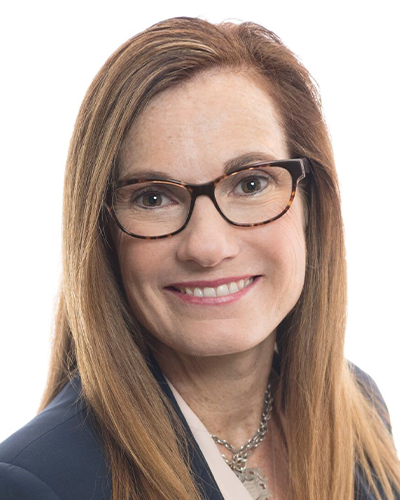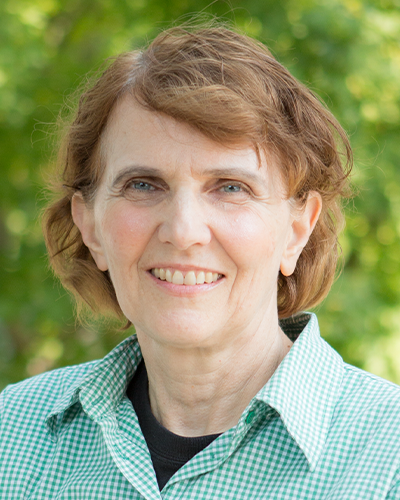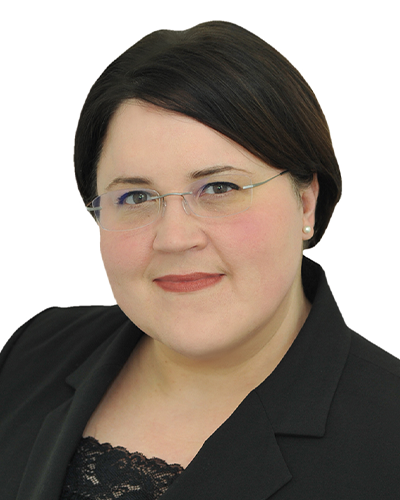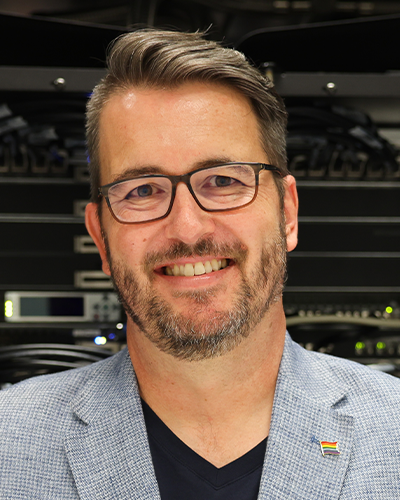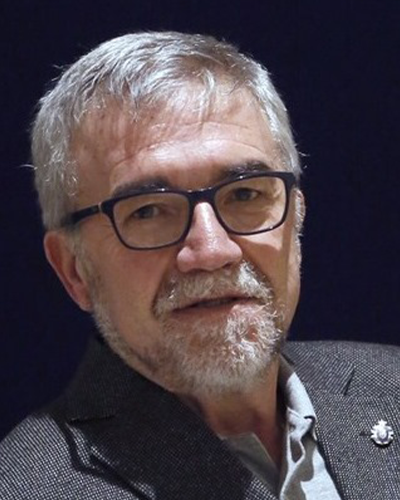Congratulations on your selection as a 2023 HPCwire Person to Watch. Tell us about your role at Intel, your areas of responsibility, what is most challenging and most fun?
I am an executive vice president and general manager of Intel’s Data Center & AI group. In this role, I am responsible for delivering platform solutions for data center customers from the cloud to the network and to the edge. These solutions include CPUs, GPUs, FPGAs, AI accelerators and other silicon-based solutions, coupled with workload-optimized software. In addition, I also lead Intel’s AI strategy and execution.
I am fortunate to work with some of the smartest people in the world who are responsible for building the future of technology. The most enjoyable part of my job is working with our customers to solve their complex problems.
What is Intel’s position going into 2023? Briefly outline your agenda and key milestones for the next 12-24 months?
The exponential growth in data is increasing the demand for compute, and Intel is addressing this demand with a heterogenous portfolio of data center solutions aligned around a single software stack.
Earlier this year we launched our 4th Gen Xeon Scalable processor and Max Series CPUs with integrated high-bandwidth memory. These solutions are optimized for today’s fastest growing workloads, including AI, analytics, HPC, networking and security. We are deploying these solutions in the world’s leading cloud service providers, enterprises and supercomputer centers.
Later this year, we will launch our next-generation Xeon (codenamed Emerald Rapids). And throughout 2023, we will bring to market multiple FPGA solutions targeting all segments.
And very important to HPC Wire’s audience, we’ll continue to build out our portfolio of Flex and Max Series GPUs and Habana Gaudi AI accelerators targeting AI and HPC customers.
With Intel poised to stand up the Aurora exascale supercomputer at Argonne National Lab, how does Intel view exascale and its role for benefiting the wider scientific and commercial computing community?
The exascale era marks a historic milestone for the HPC community. In partnership with the Department of Energy and HPE, Intel and Argonne National Laboratory will stand up the Aurora supercomputer later this year, which will demonstrate 2 exaflops of peak performance. Researchers will use Aurora to develop hyper-local climate forecasts; clean, renewable energy; and personalized treatments for heart disease and cancer, using a combination of classical and AI methods. Whereas today, exascale is only available to the world’s top scholars, we hope that in the coming years, access to exascale systems will be democratized and available to more people to make world-changing discoveries.
Intel has been emphasizing energy efficiency and sustainability with its recent launches. How are Intel’s priorities in that area evolving over time?
Intel has been a steward for energy efficiency in the data center for more than 15 years. We have enabled power savings of more than 1000TWh on the global install and we are committed to a 10X improvement by 2030. These savings have come through process innovations, such as improved transistor technologies, and the delivery of efficient product features, like virtualization and resource director technologies, raw workload performance per watt (perf/W) improvements, and built-in accelerator engines. Improving server perf/W has enabled us to deliver more compute with less underlying infrastructure and carbon footprint which helps drive server consolidation. And more broadly, sustainability is in Intel’s DNA. As a company, we have been working hard to lower our environmental impact, reduce waste, conserve water, and use renewable electricity in our chip manufacturing.
The traditional HPC market is undergoing substantial change, most notably blending in AI technologies with quantum possibly on the horizon. Where do you see HPC and the broader datacenter market headed? What trends and technologies are you most focused on?
We believe HPC and AI are becoming ubiquitous in the data center, and we are focused on democratizing these workloads for customers. HPC and AI workloads are converging; AI itself is moving from predictive AI to generative AI, which is increasing the amount of compute needed in the industry.
There is no one-size-fits-all approach to addressing HPC and AI workloads. Developers need access to a mix of heterogeneous compute solutions that are easily accessible through scalable software. Intel’s strategy is to deliver developers openness, choice and trust when selecting the compute required to tackle their specific requirements. We are working with the larger ecosystem and investing in software and interfaces that allow developers to easily access the compute resources needed. Whether that be through CPUs with built-in accelerators, GPUs, FPGAs or discrete AI accelerators.
Looking even further ahead, as the size of AI models grow, technologies like neuromorphic computing and quantum computing will be required to drive even more efficient compute.
What inspired you to pursue a career in STEM and what advice would you give to young people wishing to follow in your footsteps?
My inspiration came from my parents. We were a close family and they always encouraged me to chase my dreams. In addition, I’ve always enjoyed challenges and overcoming obstacles. My first day at Penn State, where I was studying engineering, and my first day on the job at Westinghouse, as a hardware designer, were stern reminders of the challenges I would face (and continue to face). The advice I would give is to know you are not alone and have courage. Success comes from the courage to overcome a fear of failure and reframe it as a learning opportunity. I often remind myself, “I never fail. I either win, or I learn.” Use the noise of so-called realities and obstacles as fuel to help you focus on your goals. A lifetime of learning and perseverance helps you hone your skills. And pursue opportunities that you’re passionate about, regardless of the majority demographic, history, or precedence.
Outside of the professional sphere, what can you tell us about yourself – unique hobbies, favorite places, etc.? Is there anything about you your colleagues might be surprised to learn?
Family means everything to me, and I try to spend as much time as possible with my husband and children – either at home or traveling the world. I was raised in a large, tightknit-Latina family. My mother is one of eleven children, so a lot of time was spent with my siblings, aunts, uncles, nieces, and nephews. One thing people don’t know about me is that my husband and I raise llamas.


